Chrome is one of the best alternatives to Safari on iPhone, and for good reason. It sports a superb user interface, works great on all sites, and syncs data between devices in seconds.
Contents1. Reload, open a new tab or close the current tab2. Get to menu items faster3. Go back or forward 4. Tab History5. Voice search and QR6 scanner. Tab switcher icon options7. Change tab8. Rearrange tabs in tab switcher9. Move in tab switcher10. See videos in full screenBoost your navigation
But what makes Chrome even better are the various touch gestures and hidden shortcuts it brings to the table. Although not as extensive as what you would find on its Android counterpart, there are still plenty to seriously improve your browsing experience.
So without further ado, let's take a look at what they are.
One of the most useful gestures available in Chrome for iOS is the ability to swipe down from any tab.
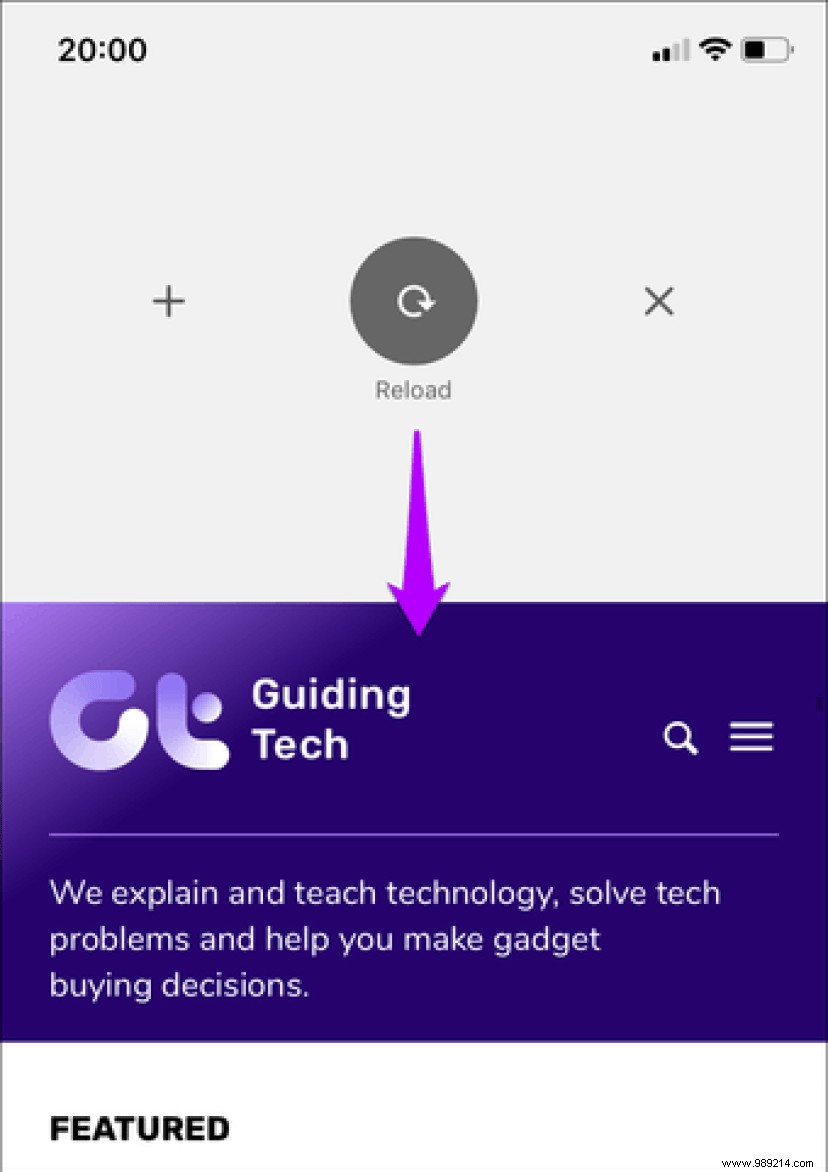
You can then either release your finger to reload the tab, or swipe right or left and then release to close the current tab or open a new tab respectively.


It's super easy to do and greatly elevates the one-handed approach to navigation that Chrome provides on the iPhone.
Often, you'll end up using the Chrome menu a lot. It's the single access point for your bookmarks, recent tabs, reading list, browser settings, etc.
But rather than tapping to open the Chrome menu and then tapping again to select an option within, you can instead reduce that to a single tap.
Simply long-press on the Chrome menu, then swipe across any menu option in one smooth gesture. Release your finger to select the highlighted option.
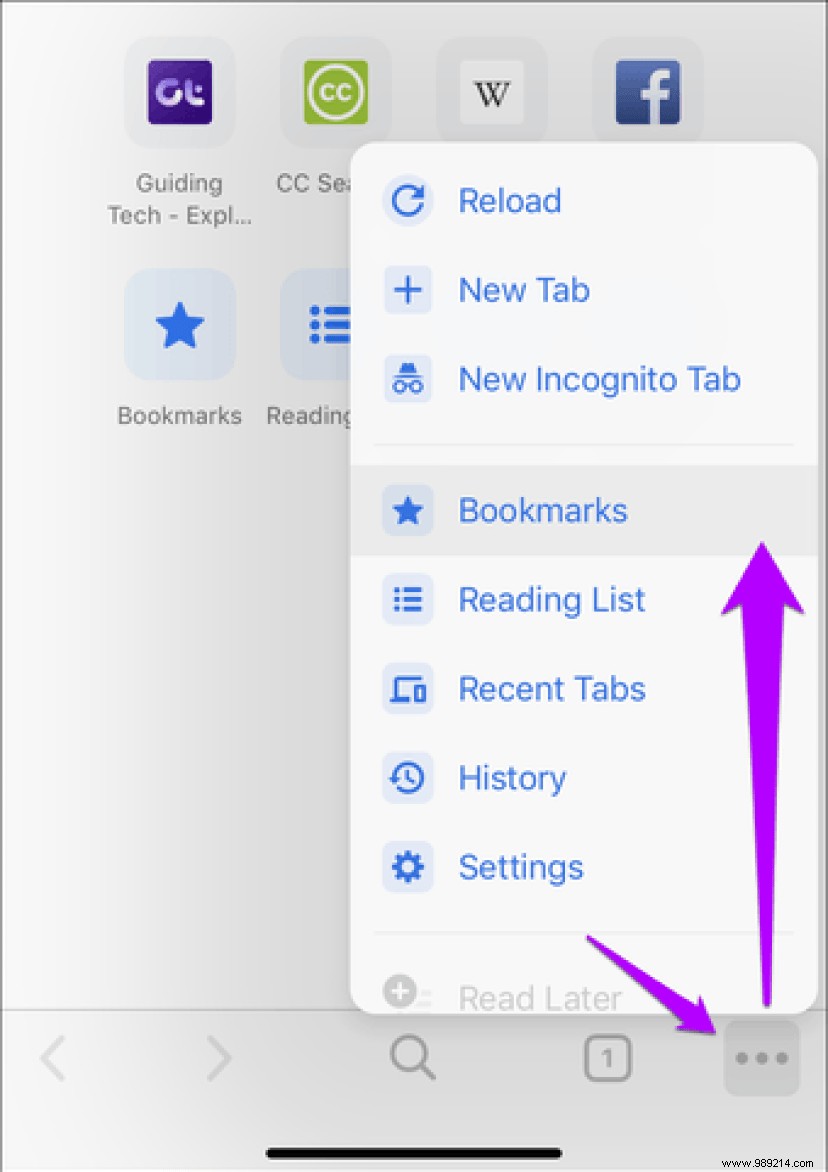
The same gesture can be used on other menus that appear in Chrome's UI, as you'll see once we move forward.
Chrome's positioning of the back and forward navigation keys at the bottom of the screen is a blessing for one-handed use. However, you can also use touch gestures to easily go back and forward through a tab's history.
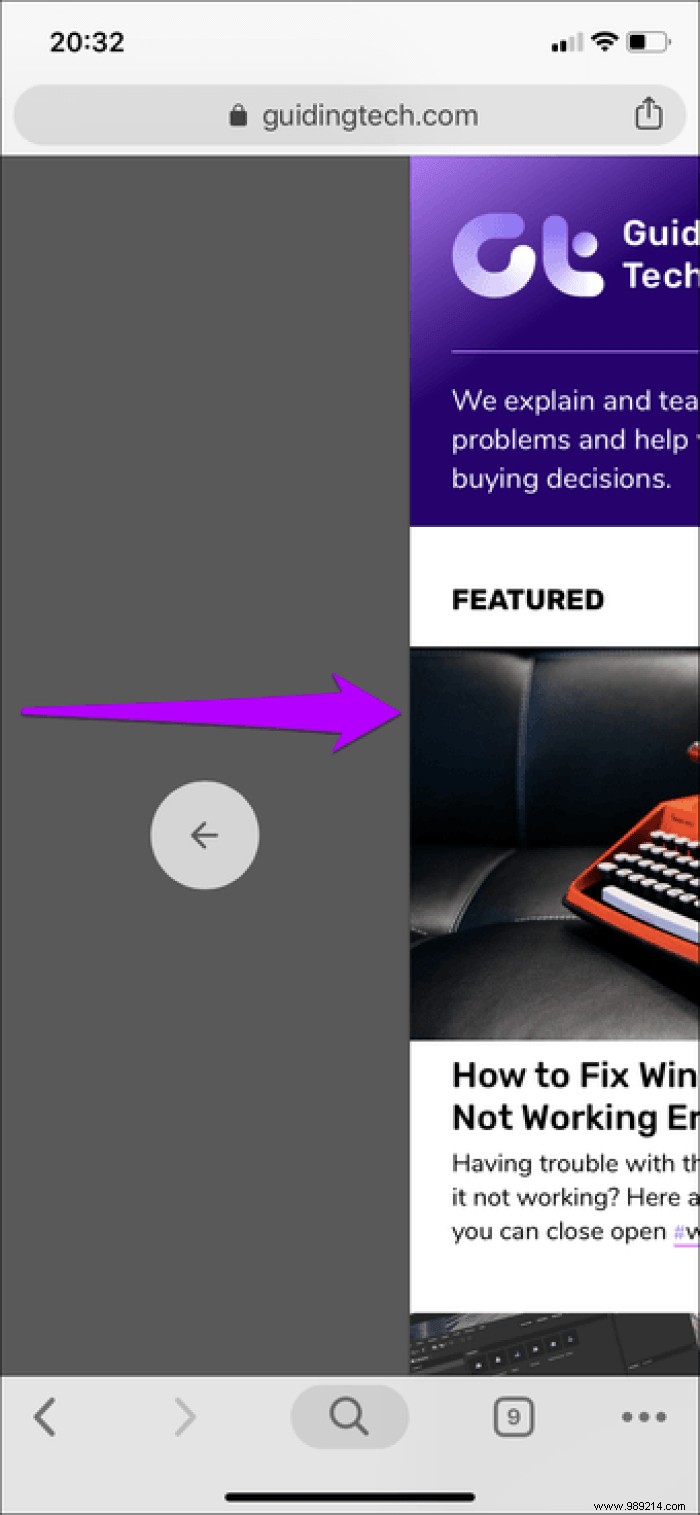
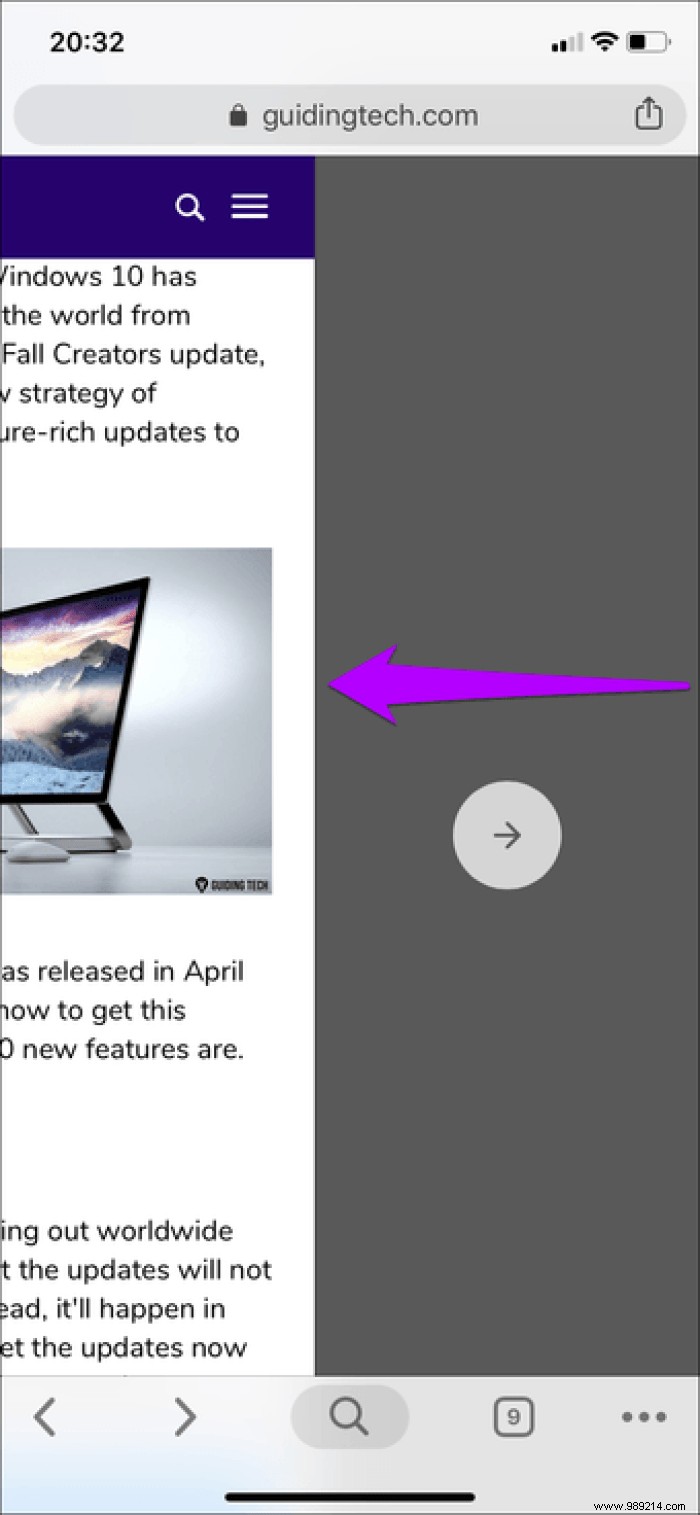
To return to where you came from, swipe right from the left edge of the screen. To move forward again, swipe left from the right edge of the screen.
Over time, you accumulate quite a bit of history in a single tab. But instead of going back or forward page by page, you long-press (or 3D Touch on compatible iPhones) the back icon to immediately access a list of tab history pages. The same goes for the Next icon, which also displays a list of the pages you came back from.
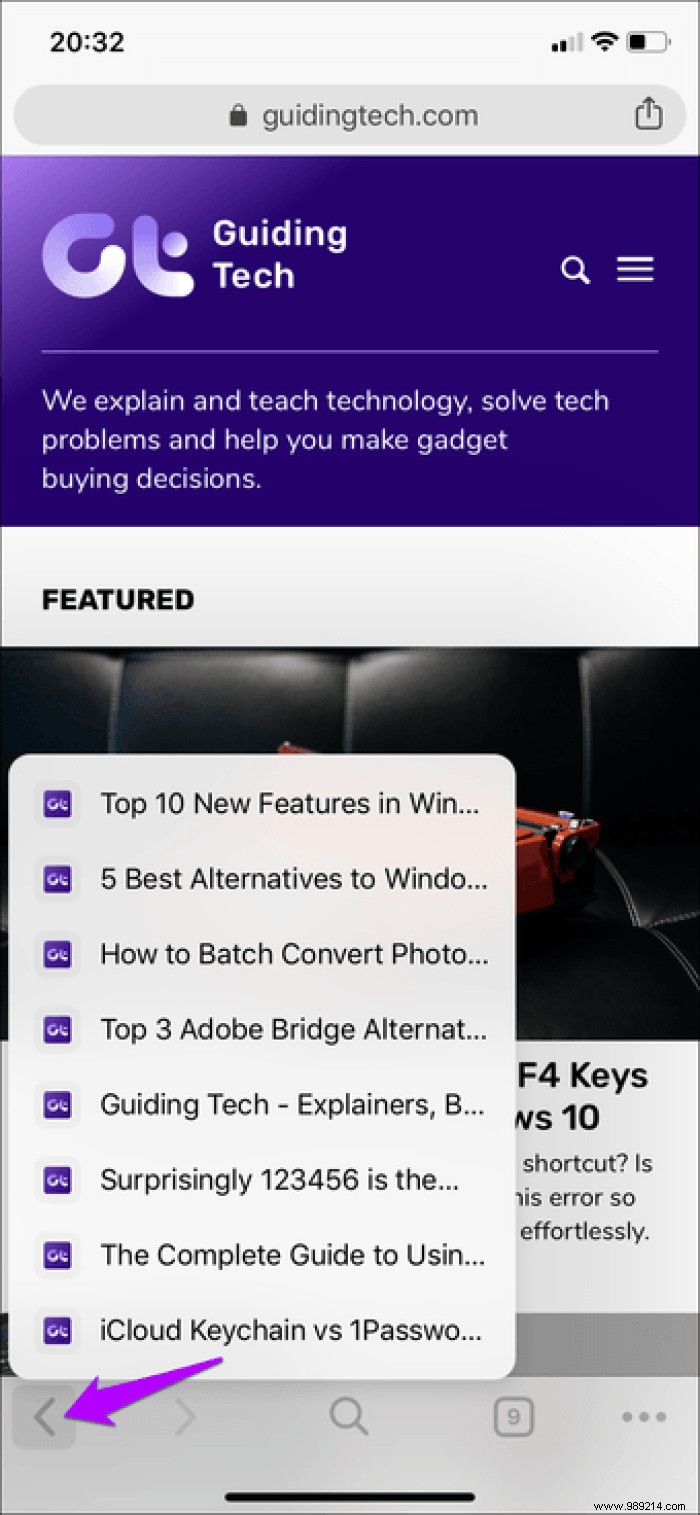

Just like with the Chrome menu, you can simply swipe across a page in the list with a single gesture instead of double tapping.
Chrome comes with a built-in voice search feature that works like a treat if you're too bored to type. And it even comes with a built-in QR scanner, which is another handy feature to have.
Although you can access both of these via the on-screen keyboard that appears after tapping the Search charm, there is a faster way to access them.

Simply long-press (or use 3D Touch) the search icon, then swipe up and release your finger on the voice search or QR scanner options to easily activate either feature.
The Tab Switcher icon isn't just there to get you to your list of open tabs.
Long-press (or use 3D Touch) on it, then swipe up and release on the New Tab, New Incognito Tab, or Close Tab options to perform the described action.

It's slightly faster than using the Chrome menu to open a new tab or a new Incognito tab.
Using the tab switcher screen to switch tabs can often disrupt your browsing experience.
Instead, simply swipe the URL bar left or right to move forward or backward respectively through your list of open tabs.
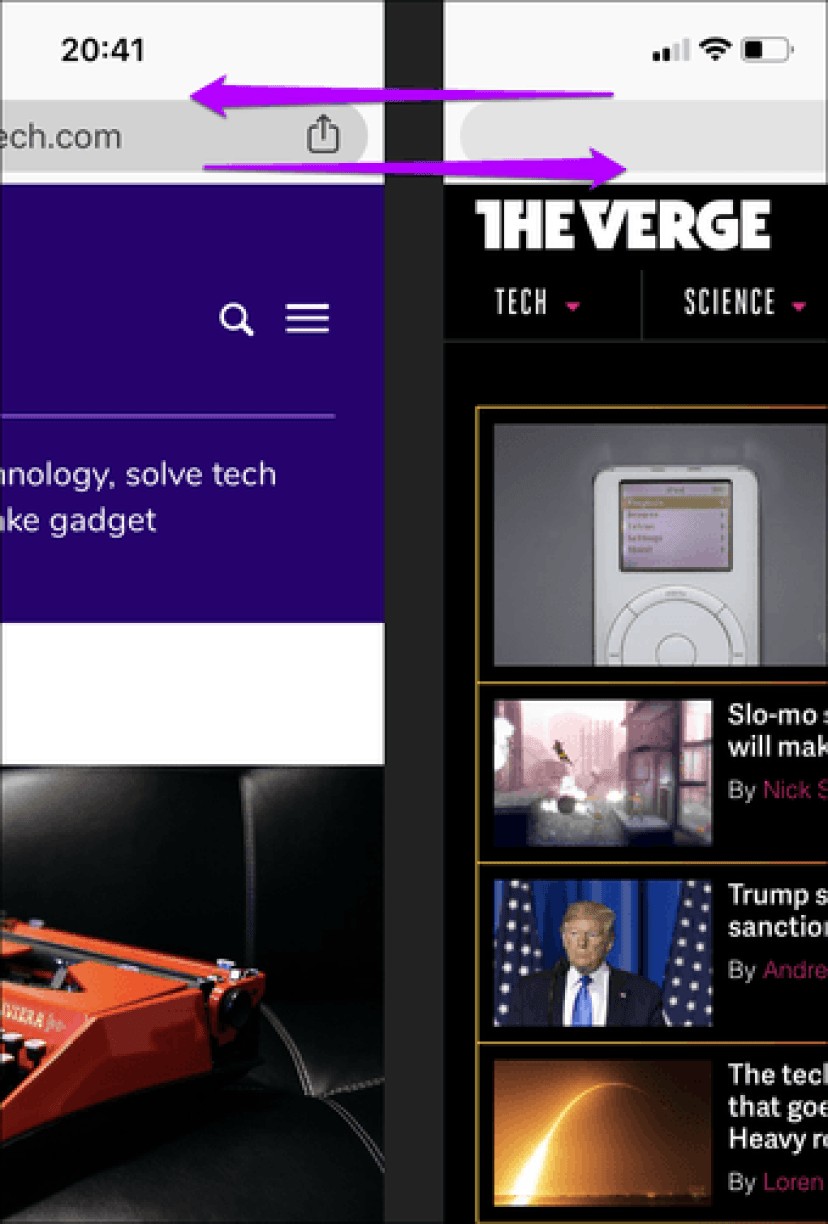
Pretty cool. And incredibly useful. You'll see less of the tab switcher once you set this gesture.
If you're going to use the switch tab gesture above, it's essential that your tabs are arranged in the correct order.
Head to the tab switcher, then press and hold a tab. Once it starts hovering, simply drag it into any order you want. Rinse and repeat.

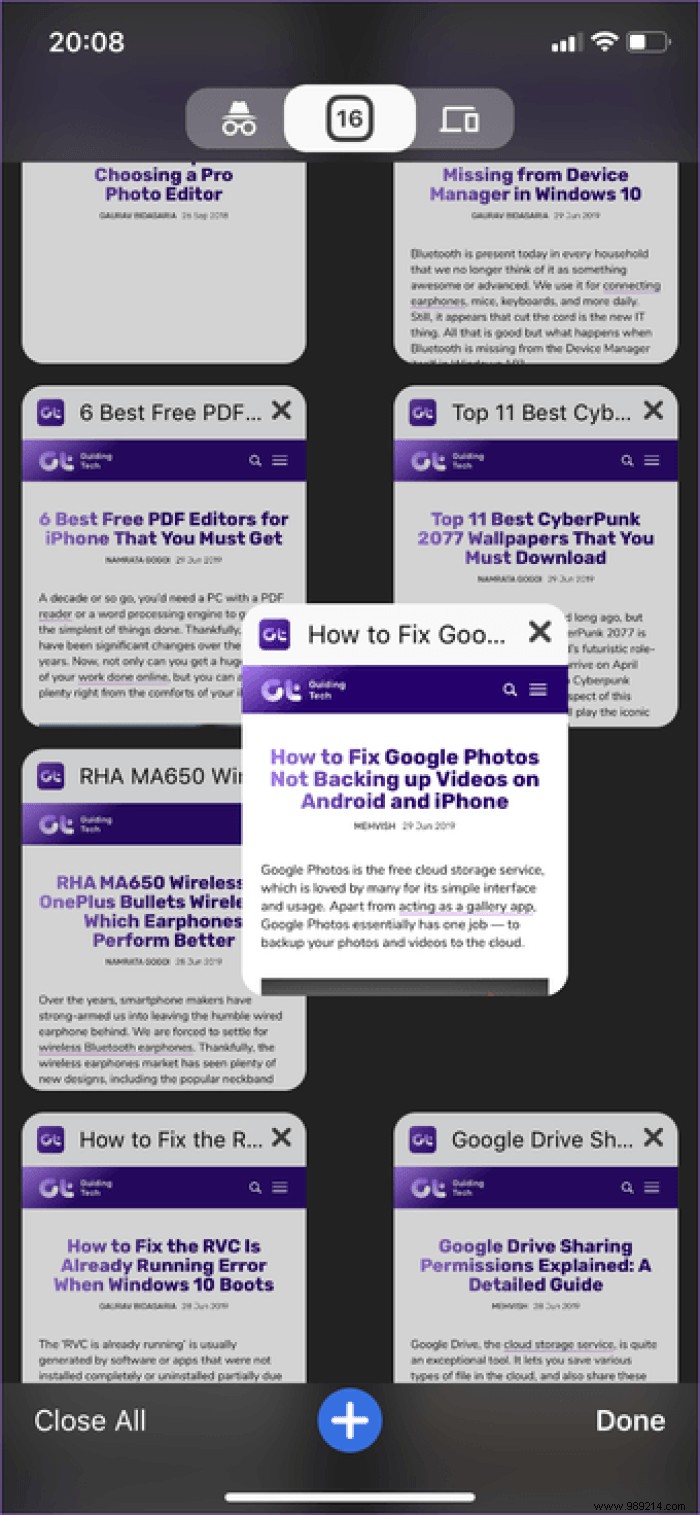
The tab switcher is made up of three main areas:a list of normal tabs, your list of private browsing tabs, and a combination of recent tabs synced to other devices.
Rather than reaching out and tapping the relevant icons at the top of the screen (nearly impossible to do on larger iPhones with one hand), just swipe right or left from any area to access your private browsing. tabs or recent tabs easily.

Whenever you come across a video, stop looking for that icon to launch it in full screen mode. Instead, just pinch the video and it should immediately open in fullscreen mode.


Just swipe down whenever you want to get out of full screen mode.
As you've seen, these hidden touch gestures and shortcuts can seriously help boost your Chrome browsing experience. Hopefully, Google will continue to improve it with more UI refinements and support for additional gestures like on Android. So, did we miss something? Leave a comment and let us know.
Then: Tired of seeing those pesky suggested articles in Chrome's new tabs? Here's how to get rid of it.